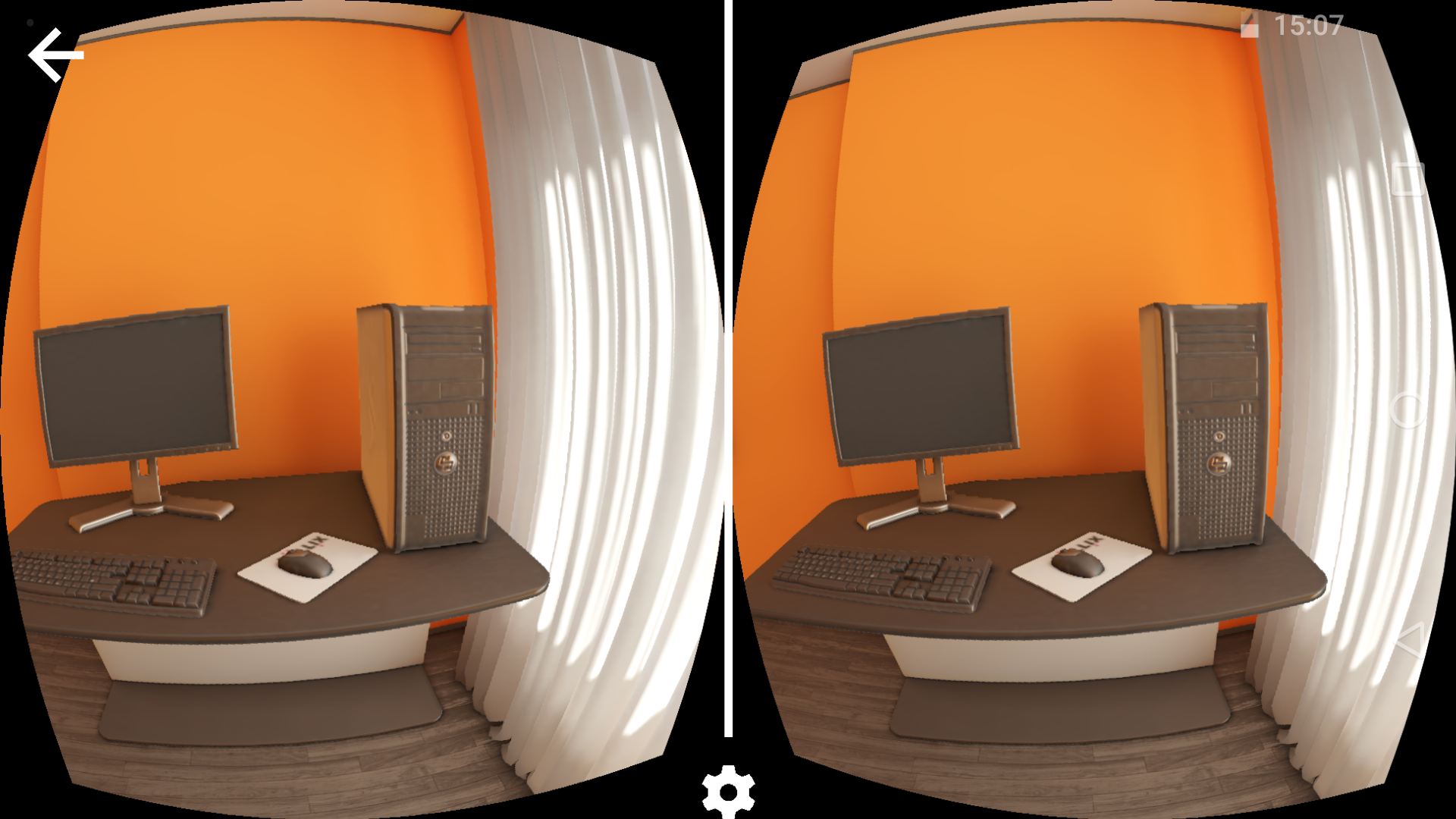XR

PlayCanvas lets you create Augmented Reality (AR) and Virtual Reality (VR) applications for a variety of devices based on the new WebXR API, as well as through external integrations. WebXR is an evolution of the WebVR API and is being added to modern browsers, providing access to virtual reality headsets, controllers and AR features.
Platforms
WebXR is a new API and it is being rolled out gradually to all major platforms. Up to date support can be checked on caniuse.com.
Additionally, support can be achieved with the WebXR Polyfill.
On mobile, PlayCanvas XR works on Android and iOS devices using Cardboard-style VR headsets and other devices. AR is also available. It works on stand-alone Android based VR devices, such as the Oculus Quest™.
On desktop, PlayCanvas XR currently works in Chrome and Edge, and devices are linked through various native APIs, such as Windows Mixed Reality, OpenXR and others. This covers the majority of desktop-based VR devices.
Testing WebXR without XR device
To start developing with WebXR today, a browser extension can be used in Chrome or Firefox which emulates the WebXR API. This allows developers to interact with various head-mounted displays and controllers.
Getting started with WebXR
To start an XR session, support and availability should be checked first. Then, on user interaction XR, a session can be started:
button.element.on('click', function () {
// check if XR is supported and VR is available
if (app.xr.supported && app.xr.isAvailable(pc.XRTYPE_VR)) {
// start VR using a camera component
entity.camera.startXr(pc.XRTYPE_VR, pc.XRSPACE_LOCALFLOOR);
}
});